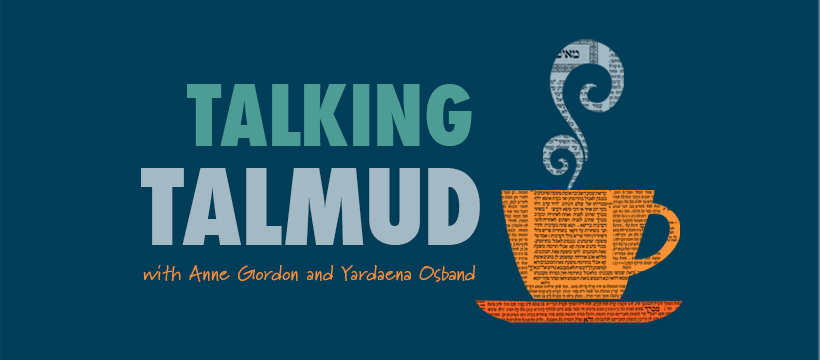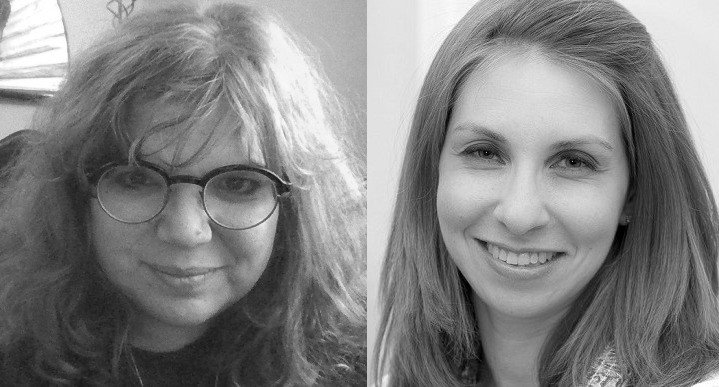
A daf of (essentially) 3 mishnayot, with the Gemara thereon. 1. When the person to be executed was near to the place of stoning, they would strip the condemned person – or perhaps just a male condemned person, depending on the opinion in the mishnah. Still, the condemned person would have at least some cloth(s) to cover his or her nakedness – for the sake of the person’s dignity (and Rabbi Yehudah is not concerned that nakedness in this context would be sexual, because it was clear to him that it was not). 2. The witnesses need to stone the condemned person – but would that role prevent people from coming forward with conclusive testimony? Plus, each of these mishnayot is supported from texts in the beraita. But if the witnesses have to push the condemned person, what happens if they lost their hands for whatever reason? The witnesses’ hands, explicitly, are part of this process, according to the biblical verses. 3. When the convicted person is executed, the bodies were “hanged up” to be an object lesson – or maybe only those whose sin was blasphemy or idolatry, according to the sages, as compared of the first opinion in the mishnah. Plus, the question of how they hanged people is not proven by the 90 women put to death under Shimon ben Shetach, because it was too unusual of a case. But practically speaking, were only the blasphemers and the idolaters put to death and then hanged? (Note the reliance on biblical verses for these interpretations and applications to halakhah).
Click here for the Talking Talmud podcast on Sanhedrin 45/871a>.’”
To listen: Click the link above. Or subscribe wherever you get your podcasts. Or join the Talking Talmud WhatsApp group, and receive the link as soon as it goes up.





